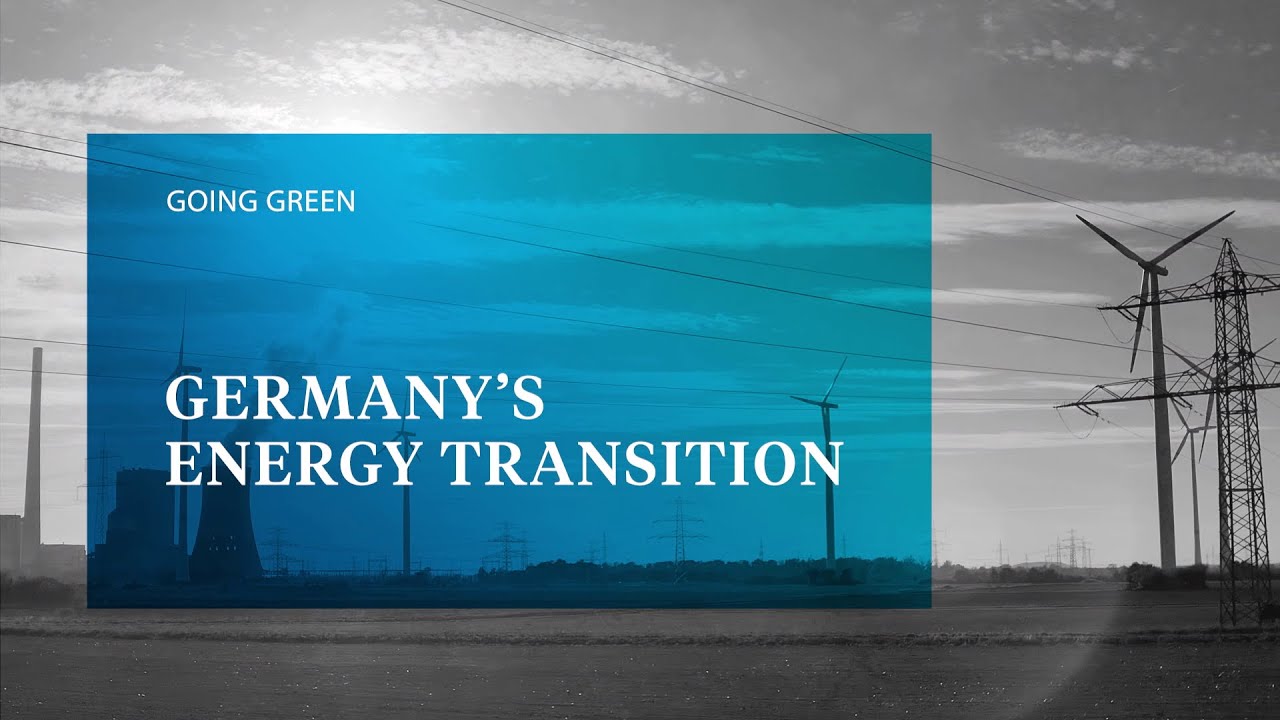
The quest for sustainable energy solutions has led to significant innovations in the field of renewable energy. Countries around the globe are increasingly turning to renewable sources to meet their energy needs and combat climate change. Among these nations, Germany stands out as a leader in the adoption and integration of renewable energy technologies.
Germany has long been recognized for its ambitious policies aimed at reducing greenhouse gas emissions and promoting renewable energy. The country’s approach is often referred to as the Energiewende, or “energy transition.” This initiative aims to shift from fossil fuels to a more sustainable energy system.
The evolution of renewable energy technologies has been rapid and transformative. Germany has been at the forefront of several innovations that are shaping the future of energy production.
Germany has been a pioneer in the development of solar energy technologies. With numerous solar farms and a robust rooftop solar market, the country leads in solar power generation. Innovations include:
Wind energy is another cornerstone of Germany’s renewable strategy. The country has one of the largest offshore and onshore wind farms in the world. Key developments include:
Germany’s success in renewable energy can be attributed to a series of well-structured policies designed to support and promote innovation. These policies have not only facilitated the growth of renewable energy but have also set a global standard.
The Feed-in Tariff system has been a crucial policy in promoting renewable energy in Germany. It guarantees a fixed payment for energy producers who feed electricity into the grid, which has encouraged investments in solar and wind energy. Key aspects include:
The Renewable Energy Sources Act (EEG) is another pivotal piece of legislation that outlines the framework for promoting renewable energy in Germany. Its main features include:
As the world moves towards a more sustainable future, several trends are emerging in the field of renewable energy. Germany, as a leader in this sector, is expected to play a significant role in shaping these trends.
The shift towards decentralized energy systems is becoming increasingly evident. This trend allows for local energy production, reducing dependence on large-scale power plants. The implications include:
Artificial Intelligence (AI) is set to revolutionize the energy sector by optimizing energy production and consumption. In Germany, AI applications are being explored to:
Germany is also investing in the hydrogen economy as a means to store and transport renewable energy. This approach is gaining traction due to its potential to decarbonize various sectors. Key points include:
Despite its successes, Germany faces several challenges in its transition to a fully renewable energy system. Addressing these challenges is crucial for sustaining momentum in the energy transition.
As the share of renewable energy increases, maintaining grid stability becomes a significant challenge. The variability of sources like wind and solar requires innovative solutions to manage fluctuations. Strategies include:
While many Germans support renewable energy, there are concerns about specific projects, such as wind farms. Engaging the public and addressing their concerns is vital for future developments. Key strategies include:
Germany’s journey towards a sustainable energy future showcases the power of innovation, robust policies, and forward-thinking trends in the renewable energy sector. As the country continues to lead the way in renewable energy adoption, it serves as a model for other nations striving to achieve similar goals. By embracing technological advancements, supporting public policies, and addressing challenges head-on, Germany is not only securing its energy future but also contributing significantly to global efforts in combating climate change.
The future of renewable energy in Germany is bright, filled with opportunities for growth, collaboration, and sustainability. As we look ahead, it is essential to remain committed to the principles of innovation, sustainability, and community engagement to ensure a successful transition to a cleaner, greener energy landscape.